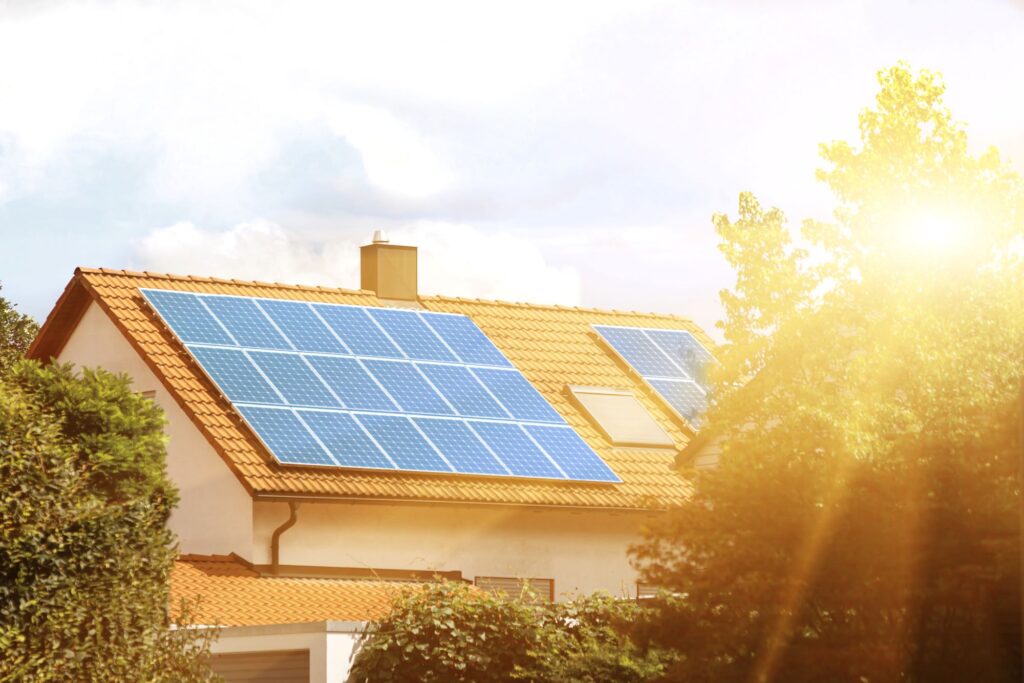In an era where renewable energy is more crucial than ever, solar panels stand as beacons of sustainable living. Designed to last over two decades, solar panels are a long-term investment in green energy. However, like any technology, they are not immune to wear and tear. Their efficiency can wane over time, with experts citing an average performance loss of about 0.5% per year. After 25 years, this degradation could mean a 10 to 15% reduction in output. If you’ve noticed a gradual decrease in your solar panels’ peak production, it may well be due to this efficiency loss. Understanding how to assess and address this decline is key to maximizing your investment and continuing to reduce your carbon footprint.

Tracking solar panel efficiency
Comparing energy production from day to day can be misleading due to the natural variability in sunlight exposure. Instead, evaluating long-term performance trends is more reliable. This can typically be done through data collected by your inverter, often accessible via an app or online platform. By examining this information over extended periods, you can get a clearer picture of your solar panels’ health.
Sudden drops in performance
A noticeable drop in efficiency might not just be the result of aging panels. External factors, such as dirt accumulation or physical damage, can also impede solar energy production. Additionally, obstructions like tree branches can cast shadows, further reducing efficiency. Regular cleaning and ensuring your panels are free from shading can help maintain their performance.
When to seek professional help
If basic checks and cleaning don’t unveil any issues, consulting a solar energy professional is the next step. They can conduct a thorough assessment, identifying less obvious problems like electrical system malfunctions or manufacturing defects. Expert evaluation not only pinpoints the root causes of efficiency loss but can also guide you on the best course of action, whether it’s maintenance, repair, or even replacement.
Maintaining optimal performance
Maintaining your solar panel system requires more than just physical upkeep. It’s essential to monitor system output regularly to catch any early signs of decline. Additionally, staying informed about the latest maintenance techniques and technological advancements can help you make informed decisions about upgrades or additional investments.
Cost vs. benefit analysis
When facing efficiency loss, consider the cost of repairs or upgrades against the expected increase in energy production. In some cases, the investment in new technology may offer a better return compared to maintaining older panels. With the solar industry continuously evolving, newer models often feature enhanced efficiency and resilience to environmental factors.
Solar panels represent a significant step toward a more sustainable future, but their long-term success relies on proper maintenance and monitoring. By staying vigilant and proactive, homeowners can ensure their solar panels continue to provide clean energy efficiently for years to come. As the technology advances and more solutions become available, the pathway to optimized solar energy utilization becomes clearer, reinforcing the role of solar power in achieving environmental sustainability goals.

 Open Immovlan
Open Immovlan